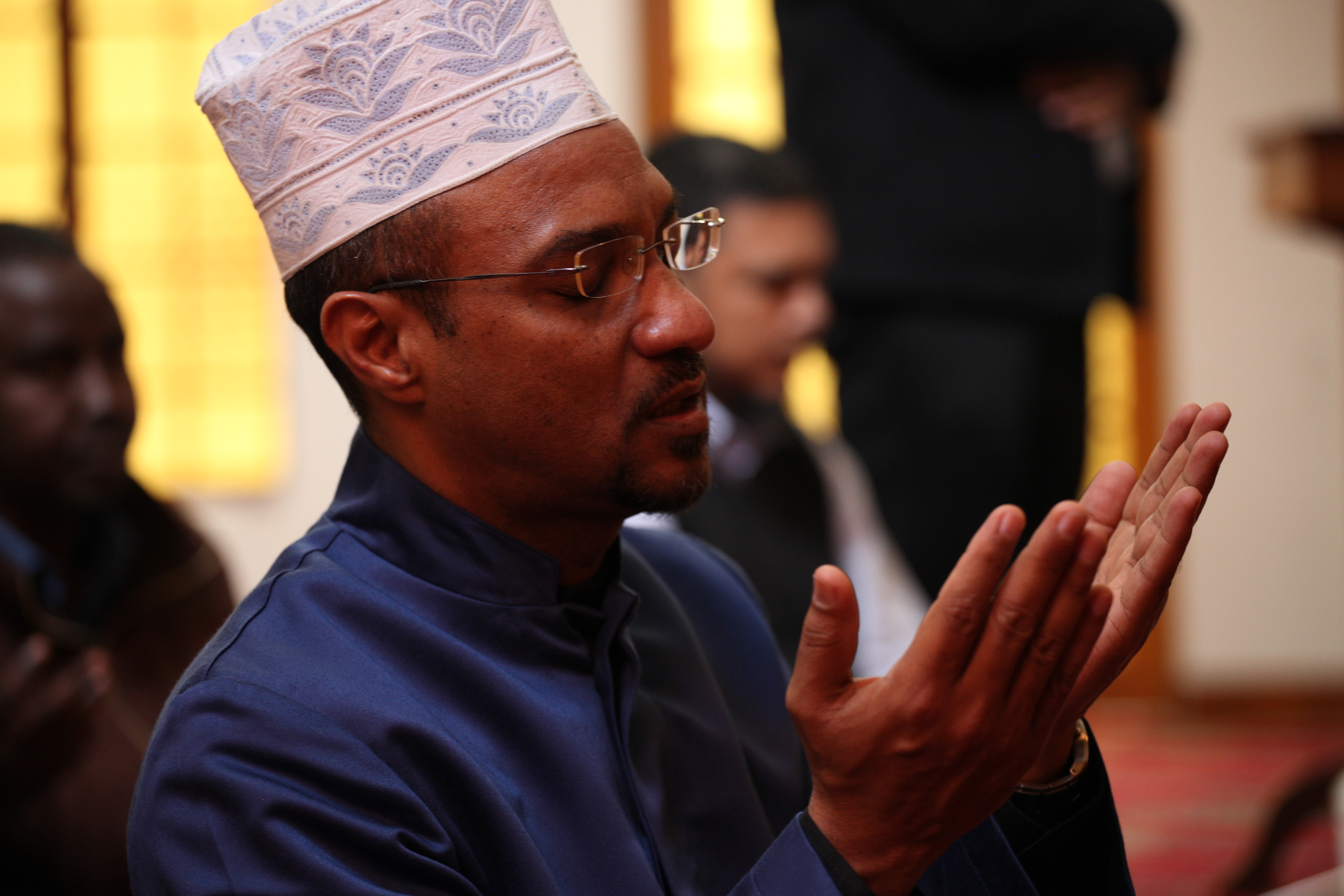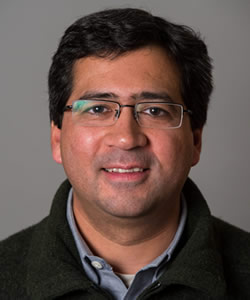What does it mean to love your neighbor? What does it mean to love your neighbor when a neighbor is pointing a gun at you and your other neighbors?
Of Gods and Men
The French film “Of Gods and Men,” released in the U.S. on February 25th, is based on a true story. Though it failed even to be nominated for Best Foreign Language Film at the Academy Awards, it won the award for “best film” at France’s equivalent of the Oscars, the Cesar Awards, on February 25th. It follows the lives of French Catholic monks in the Atlas Mountains of Algeria in the 1990s. As the country descends into violent conflict between a repressively secularist state and radical Islamists, the Trappist brothers face an increasingly chaotic environment.
Caught between the brutal Algerian government and the ruthless Islamists, the monks struggle to know and share God’s love and peace. What they experience alongside the beauty of the love they live out on a day-to-day basis in their monastic community is unbounded hatred, unspeakable violence, and, ultimately, unstoppable death seeping into their world. They must decide whether to remain in their monastery or flee the violence and return to France.
In their vocations, they seek to love and serve God by being “brothers to all”—in their monastic community and with all the people they encounter. All this becomes exponentially more complicated when new neighbors—a group of radical Islamists—come to the region. The battles between the Algerian government and the Islamists for influence and control unleash persistent horror and tragedy.
Love Thy Neighbors, All of Them
The monks face a new question: What does it mean to share brotherly love at gun point? Over the years, the lives of the monks and the neighboring villagers became intertwined. The monks realize that if they leave, the consequences will be immense not only for themselves but also for the Muslim villagers who work in the monastery and whom the monks serve through a free medical clinic.
This is not a film about Christians vs. Muslims. Rather, this is a film about Christians trying—imperfectly but still genuinely—to love Muslims. And the monks must sort out what love means amid competing interpretive claims on the Muslim faith. In the Islamists’ political fanaticism and obsession with political power, the monks encounter a “distorted” Islam that stands in sharp contrast to the religious faith the monks experience in the lives of the Muslim villagers who live alongside the monastery in peace, Muslims who love their families and their neighbors.
Witness to the Good News
Any Christian wondering what it may mean to share the good news of Jesus Christ with Muslims should see this film. In the lives of these monks, sharing the good news with Muslims is not the type of “I’m right!” vs. “You’re wrong!” battle one can see unfolding in some areas of the world today.
At the same time, the monks don’t deny their Christian faith. Hardly. Even in an encounter with armed Islamists, the monastery’s abbot—named Christian—reminds the thugs’ leader that Jesus, “Issa” in Arabic, came as the “Prince of Peace.”
What is distinct, however, from the usual “I’m right!” vs. “You’re wrong!” battles is that it is love that is always the point of reference from which these monks share the good news. It is through the living out of love in their very lives that these monks share the good news of Christ.
At the same time, however, love does not mean being naive. The monks struggle to understand how to live out their vocation as circumstances change dramatically around them.
As the violence and chaos grow, the film spotlights the monks’ internal struggles to persevere in their vocation to love God and neighbor, as individuals and as a community. And this journey is in no small part acoustic, taking place through the monks’ sung prayers—and in this, subtitles can be a great advantage rather than an annoyance, because they provide the rich texts of the monks’ sung prayers clearly and in detail. To stay or to go? The monks sing together, they pray together, they deliberate together.
The Centrality of Prayer
At its core, however, the decision-making process plays out in each brother’s relationship with God. Through brilliant story-telling, “Of Gods and Men” brings viewers inside the intimate struggles of each individual monk, as each one offers personal, desperate, raw, and profoundly honest prayers before God. One of the most important legacies of the lives of these monks, captured by this film, is to make the common challenge of living together with our deepest differences the subject of inner spiritual struggle—of individual prayer before God.
We live in an era of national upheavals, large-scale institutional inter-faith dialogue, and identity questions that juxtapose one group with another. All these will continue. But in the rush for large-scale change and large-scale achievements, we risk skipping what must be the starting point: prayer.
As “Of Gods and Men” ever so beautifully reminds us, figuring out how to love our neighbors in a multi-faith world—perhaps even at gunpoint—has no recourse to any simple formula. Without individual prayer before God, trying to rest instead on having the “best” argument in “I’m right!” vs. “You’re wrong!” battles, we will be lost along the way, and so too will our neighbors, all of whom God wants to receive God’s love.






